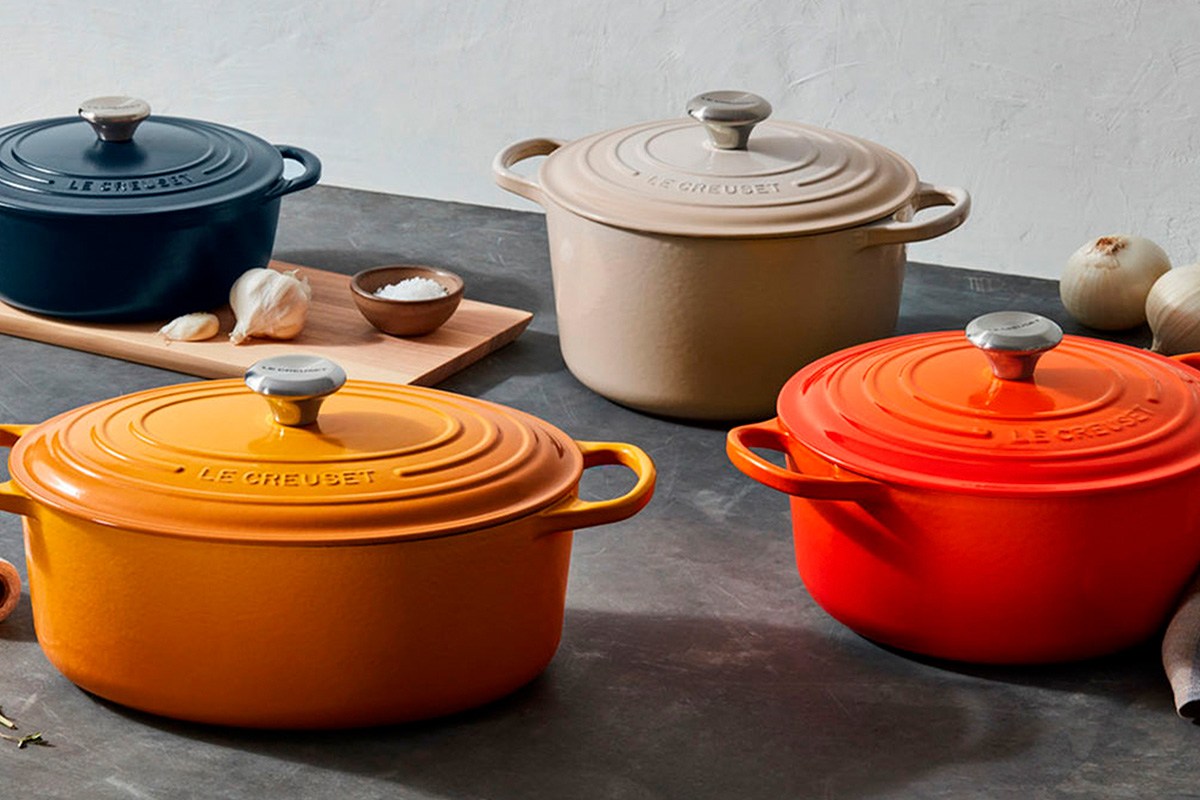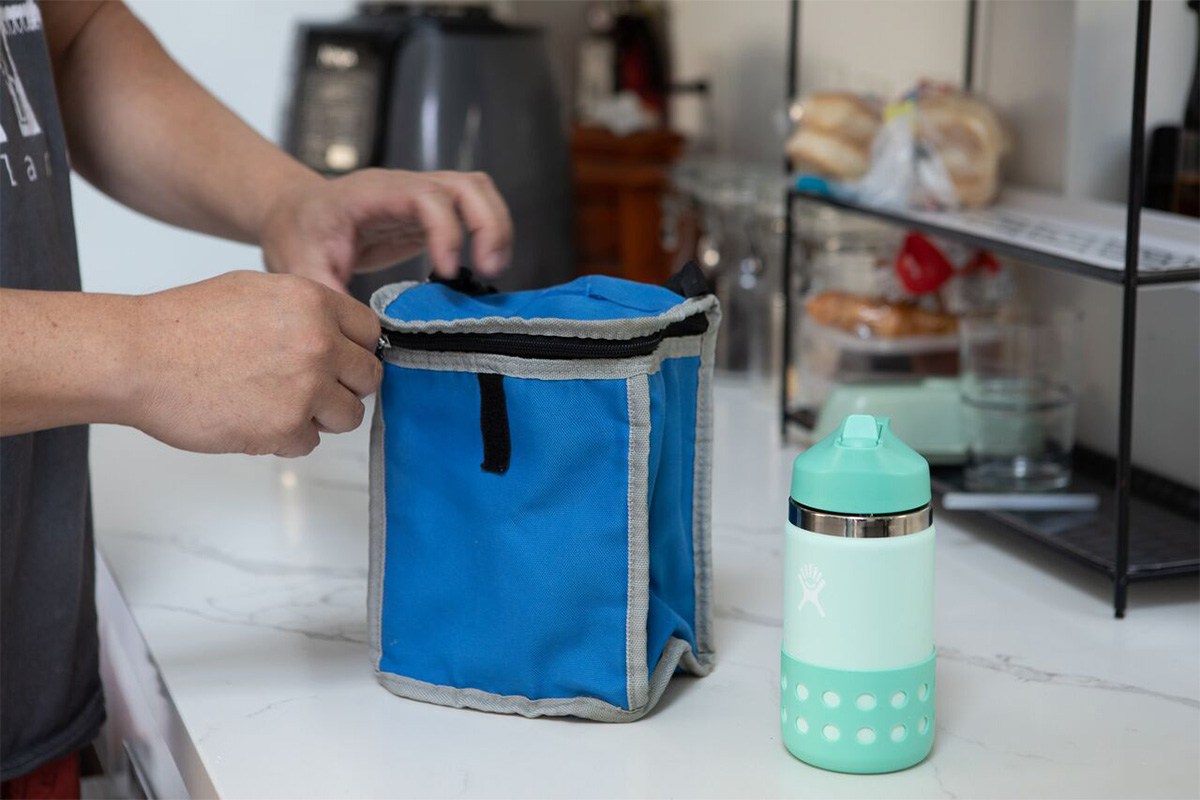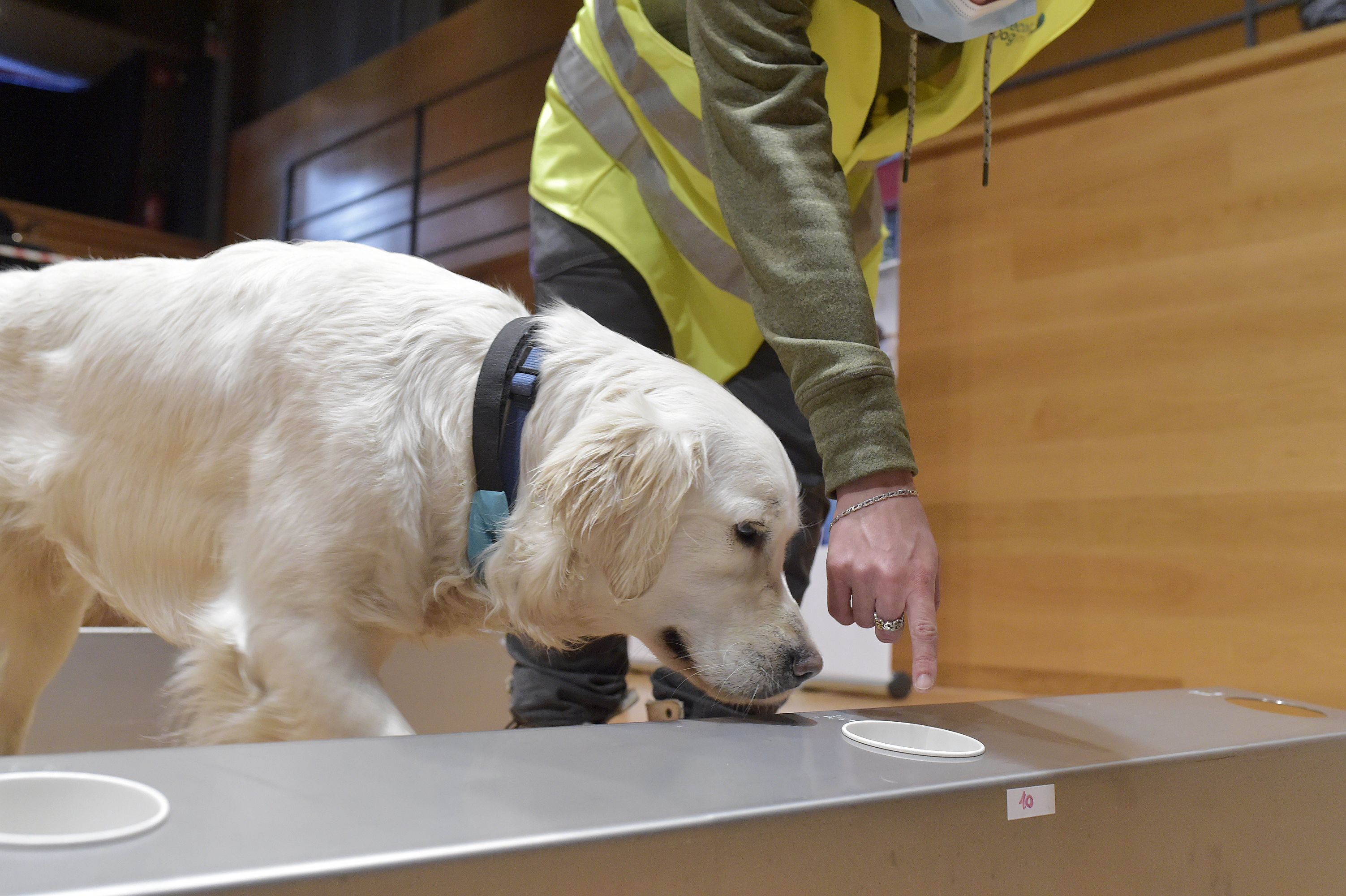MECHANICSVILLE, Va. (WRIC) — Kay Ford’s dream came true on April 19 when she adopted a 40-pound cat named Patches.
At first glance, one might wonder why someone would be so eager to adopt a cat in such a state, but for Ford there was a purpose behind it.
About three years ago, she had been spending time with her grandchildren when she saw a post about an overweight cat up for adoption.
Ford quickly decided that she “had to have the cat,” but that wish did not come true.
“I saw it, and I said, ‘Boys, I’ve got to go get that fat cat, I just have to. I can help that fat cat.'” But by the time she reached out, it was too late, and someone else had adopted the animal.
Though she couldn’t adopt that cat, she had a second chance three years later. She was watching TV in April when she received a text from her daughter about an adoption posting for a cat named Patches.

“I said, ‘I have to have Patches,'” Ford said.
Ford adopted Patches, who weighed in at 40.80 pounds. He had already begun to lose weight after being surrendered at roughly 42 pounds.
Since then, Ford has made it her mission to assist Patches in a healthy weight-loss journey, and she has documented his progress on social media.
“I’ve always wanted to make sure that in promoting, or in helping people see how his journey is going that we are focused on a healthy weight and improving his life,” she said.
“He definitely reminds me of why I got into veterinary medicine,” said Patches’ primary veterinarian Dr. Meaghan Godwint, of Wellesley Animal Hospital. “Each week as the numbers are going down on the scale, you can physically see he’s getting better.”
Godwin said she had to begin at square one with him, as little-to-no information was given about his condition when he was surrendered.
She said it is important for cats to lose weight at a slower pace to prevent additional illnesses.
She began by making a weekly plan for Ford detailing how much weight Patches should lose per week, along with a daily calorie count goal and a meal plan.
“He is primarily eating a canned food diet, which is great for him because that is a higher moisture content,” said Godwin. “Canned food for kitties is higher in protein and fat; dry food is higher on the carbohydrates — that’s empty calories that he doesn’t need as much of.”
Depending on the breed, Godwin said, cats should weigh between 8-15 pounds. However, just like humans, cats are treated according to their body type and size.
The goal for Patches is to lose 20 pounds from his first veterinarian visit, where he weighed a little more than 38 pounds.
As of his most recent weigh-in on Wednesday, Patches was 34.87 pounds.
If successful, Patches will be approximately 18 pounds after reaching this goal — and will still be just as lovable as ever.








































